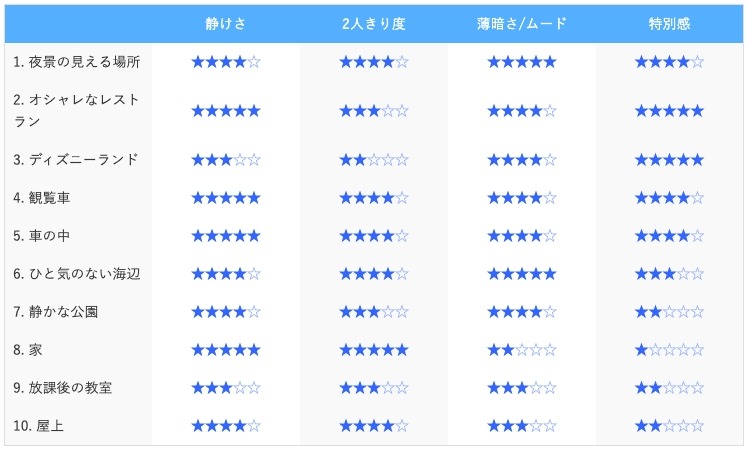I’m in The Japan Times with a look at how to 告白 (kokuhaku, confess): “Confess! Dating in Japan requires short set phrases to spark the fire.”
I was surprised this article hadn’t already been written, to be honest. There are a few Bilingual articles that have Valentine’s Day themes, but none are a comprehensive look at the 告白 practice.
I have this vivid memory of some one-off reality TV show episode I watched in Japan at some point. It must have been early on in my time on JET or while writing for a travel guide after my third year of study. I remember basically being able to understand what was going on: A group of men, the subject of the show, all got together as a sort of support group and decided to confess to their partners.
Some did so over the phone, others in person, and one by one they were all rejected. It seemed like some of them weren’t even dating the women at the time, like they were maybe just acquaintances? It was a weird show.
The last guy, however, arranged to meet the woman he was dating in the early evening at a fountain in a park (I think?!). They met there, stood about 10 feet apart from each other, and he did his 告白. He gave an intro saying he had something he wanted to tell her, told her that she was important to him, confessed his love, and then asked her to date him. It was a textbook 告白.
I remember being struck by what happened when she said yes. What happened was this: nothing. No hug, no kiss. Maybe a bow? But I’m not even certain about that. For me this was a striking realization about how different dating and love were in Japan.
So maybe it’s not a surprise, then, that a Japanese website called “Love Hacks” is a completely ingenuous and perhaps even healthy guide to dating rather than a site written by pickup artists, which you might expect from a similarly titled site in the U.S.
Some of the recommendations do seem tailored for seduction, like the rating of 告白 locations:

But then they’ll have a line like this in the section about confessing over the phone:
なお、いきなり電話して告白すると相手もびっくりしてしまうので「話したいことがあるから」と、事前に電話していいか確認するようにしましょう。
Note that confessing suddenly over the phone will surprise them, so make sure to check with them beforehand and ask if it’s ok to call them: “There’s something I’d like to talk to you about.”
Everything seems calculated to make the person feel comfortable and special. I haven’t read too deeply, so I’m sure there must be at least a few questionable suggestions on the site (the topic is just too fraught for there not to be), but I’m kind of impressed. The page even includes guidance for elementary school students! Not sure how to feel about that one, but it does seem kind of innocent.
Keep an eye on the February How to Japanese newsletter for more on this topic from a grammar angle!
I regret to inform you that I’ve also started posting on TikTok:

